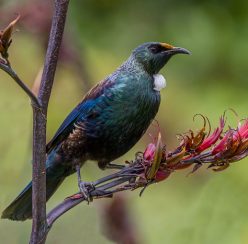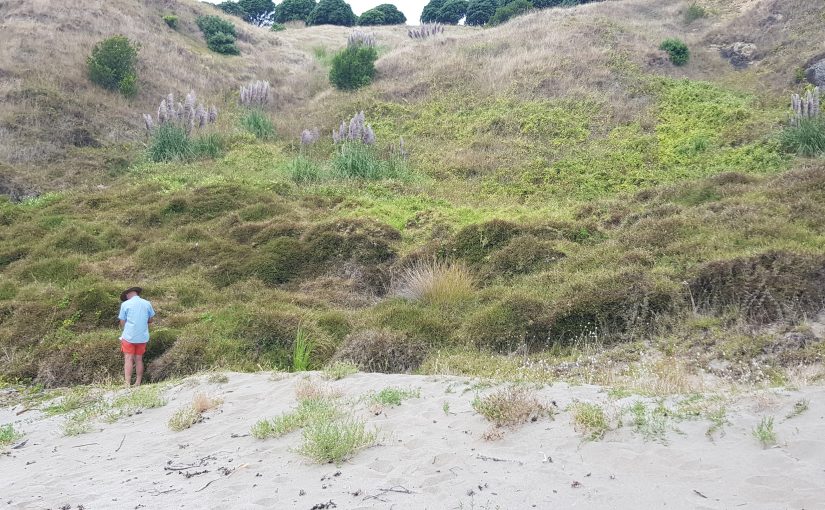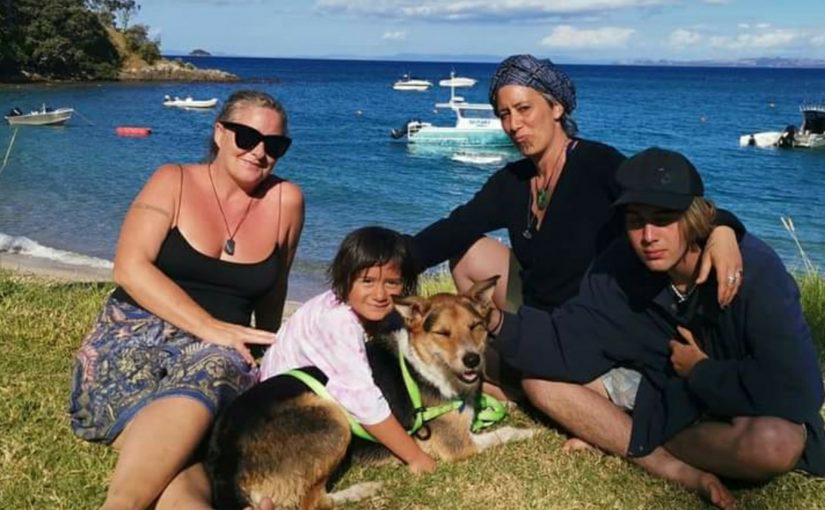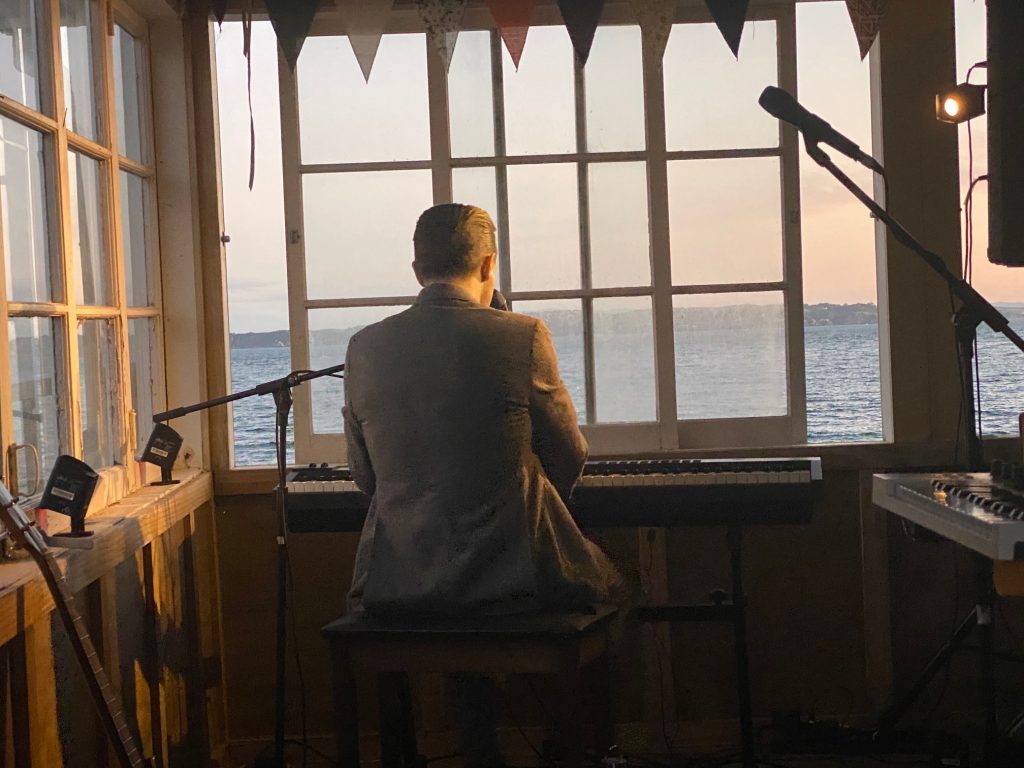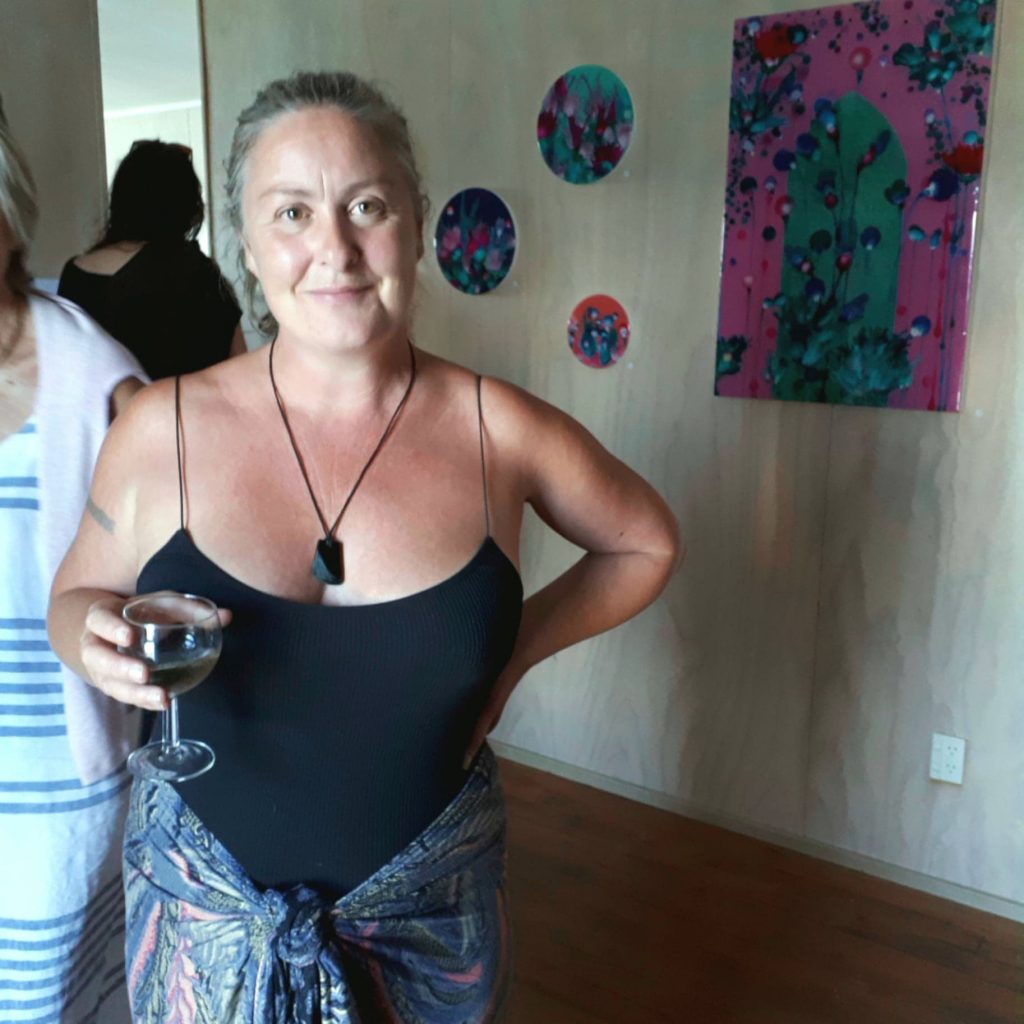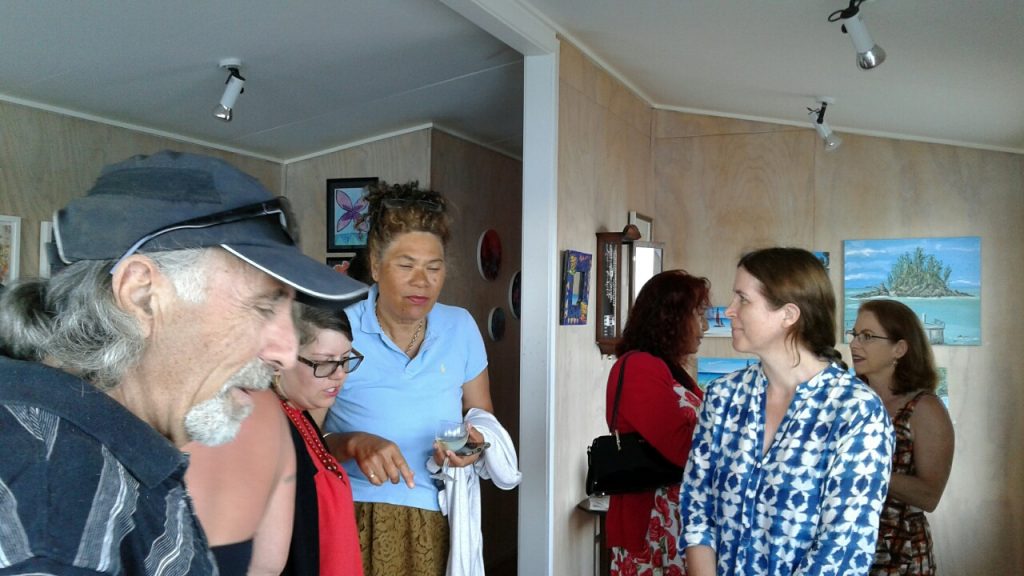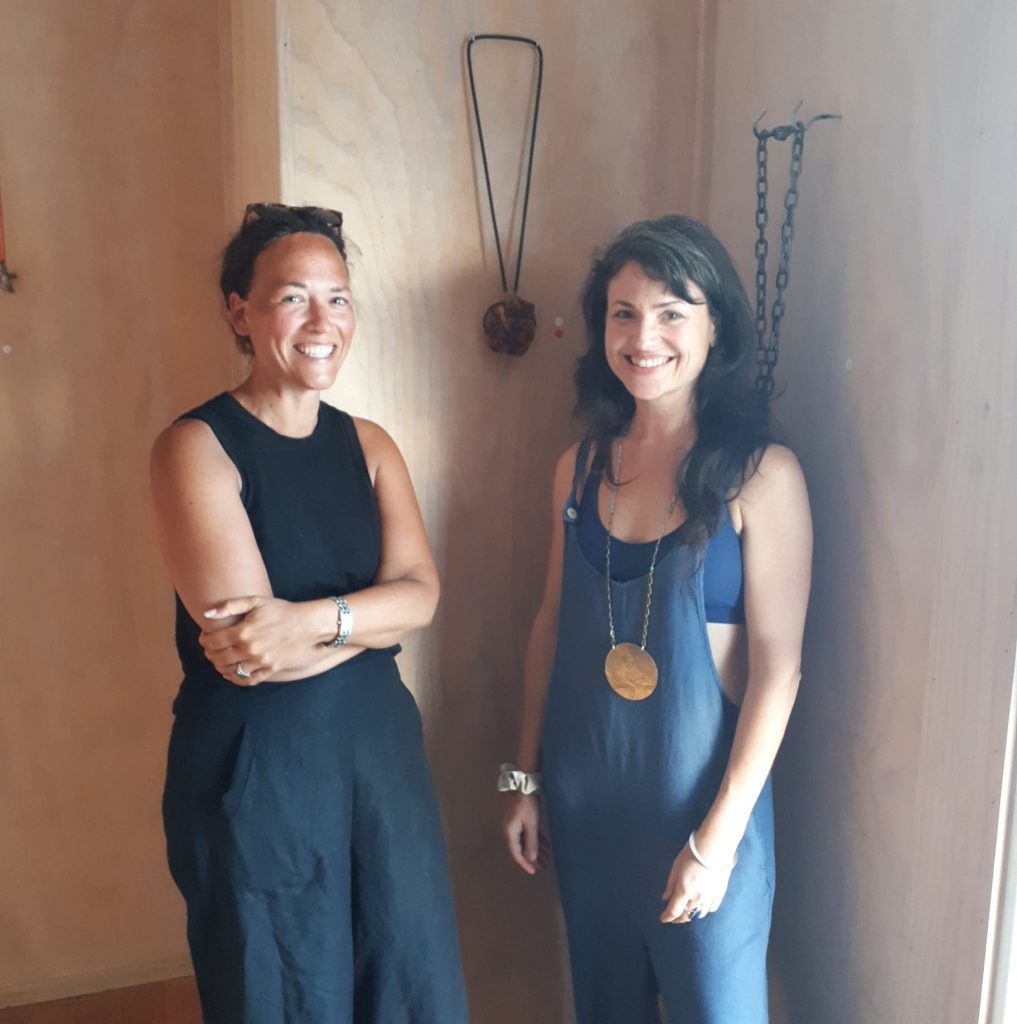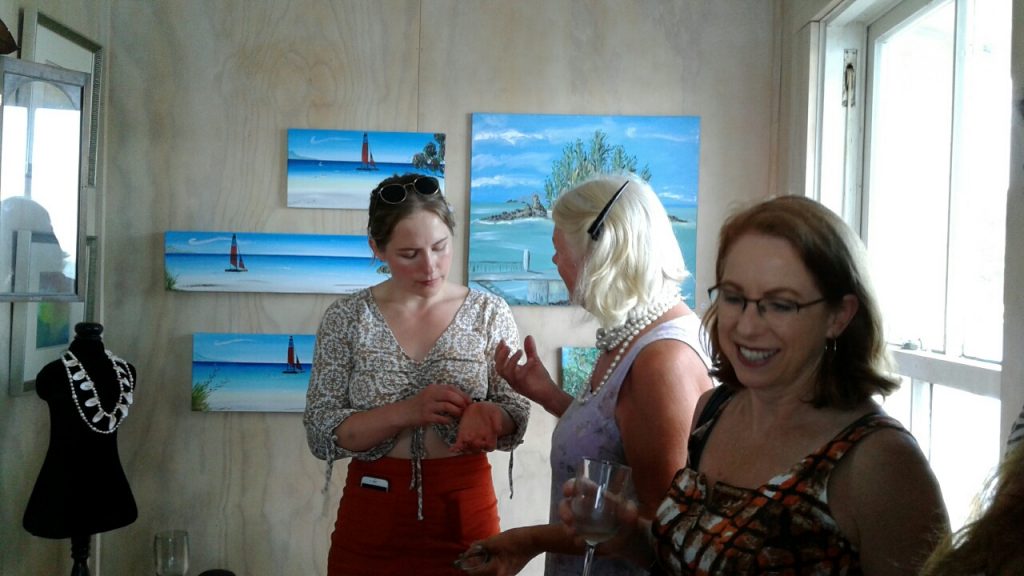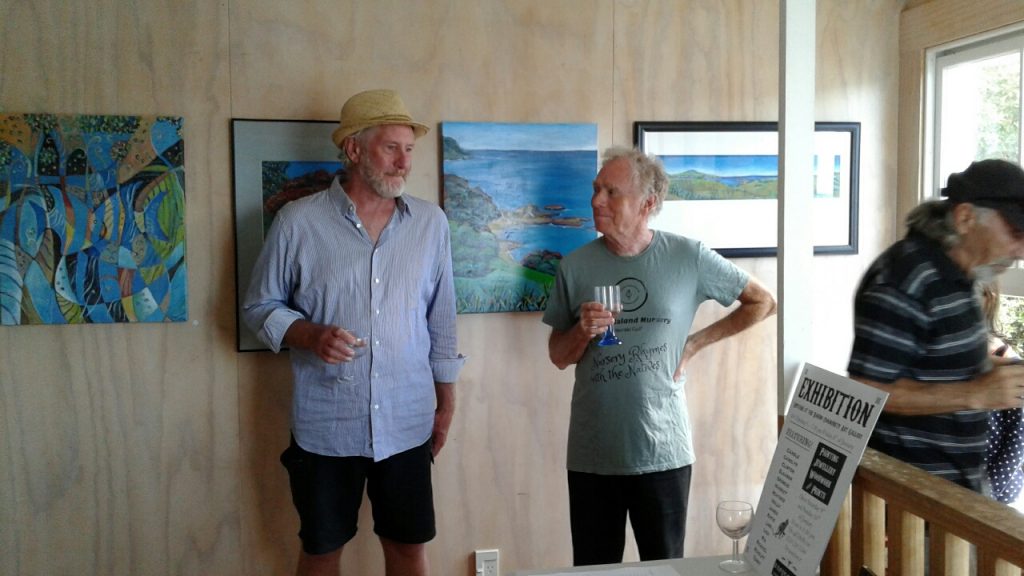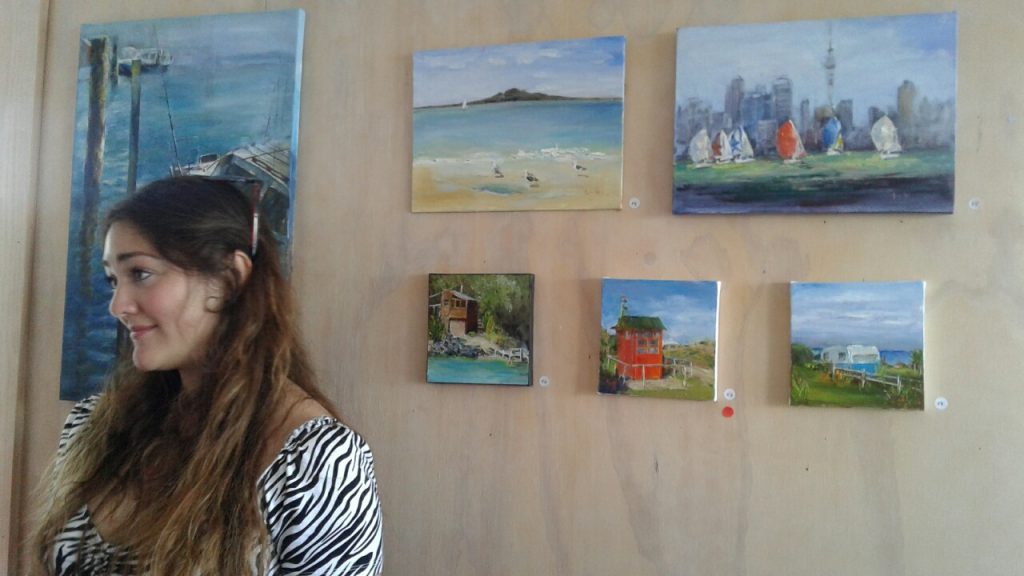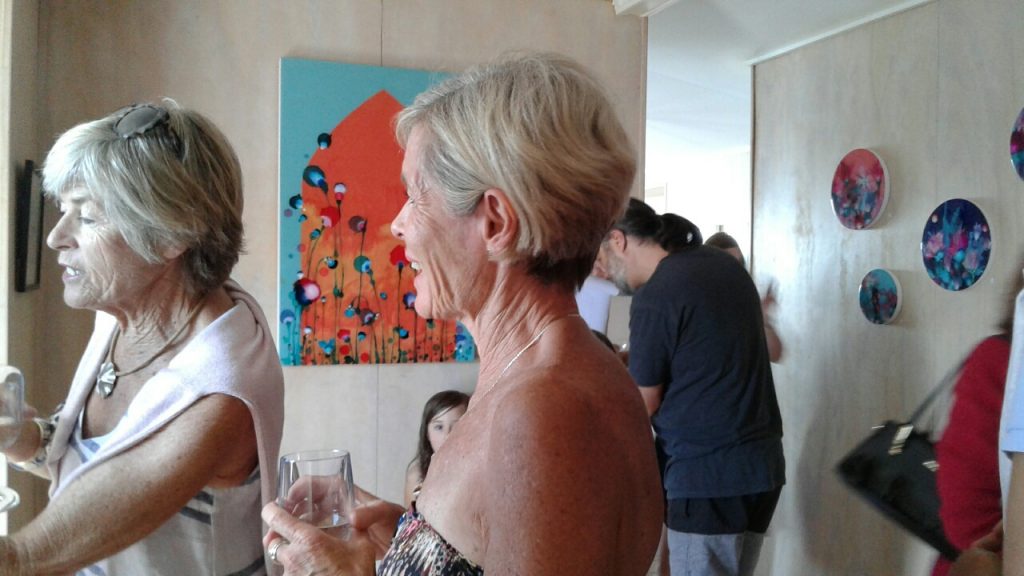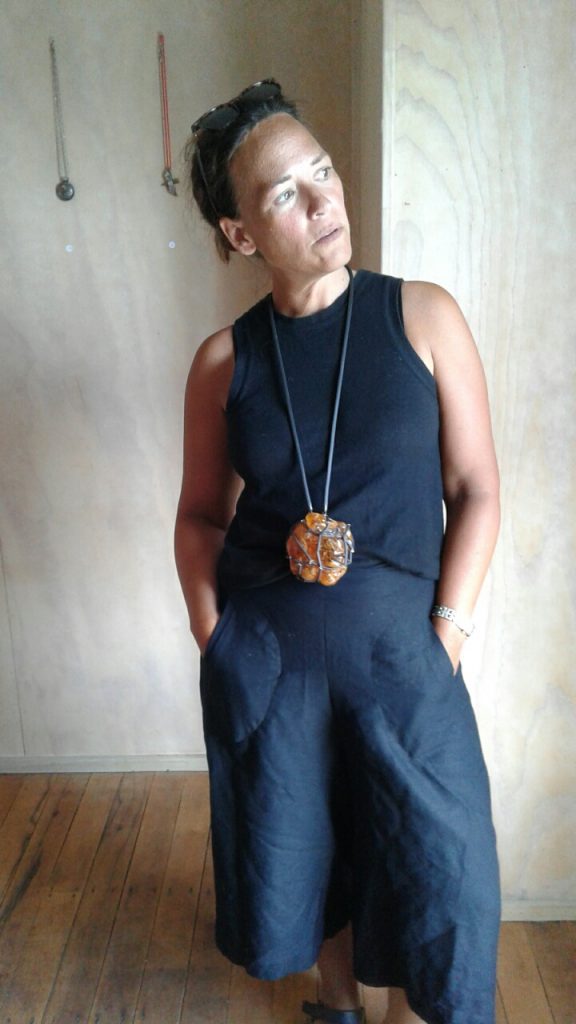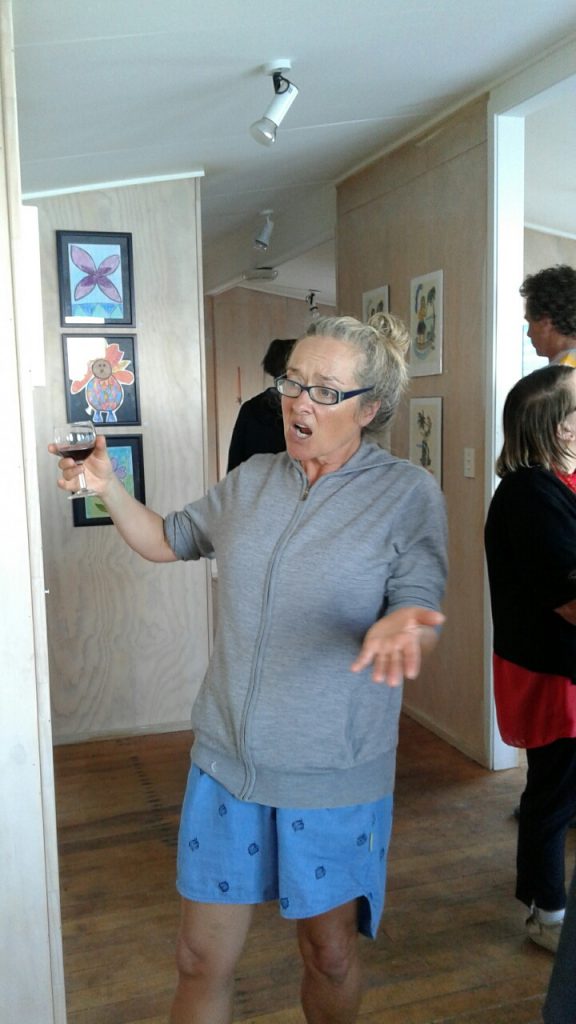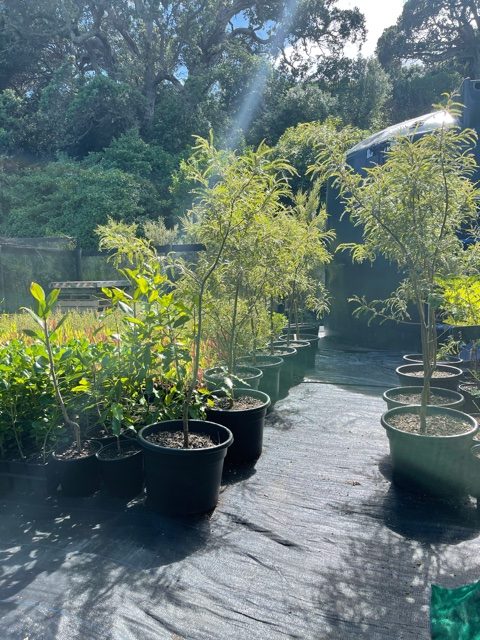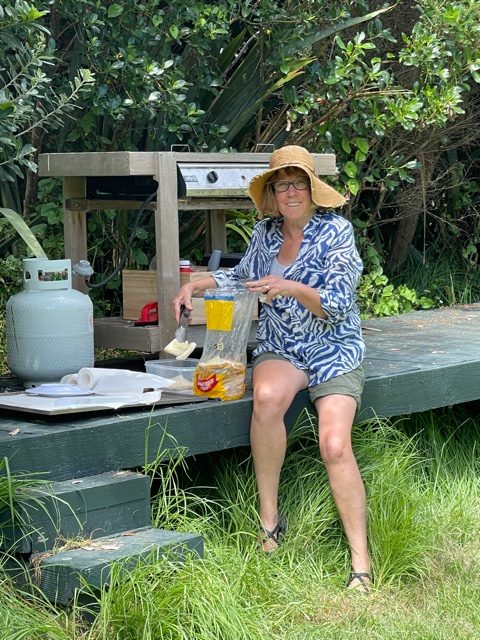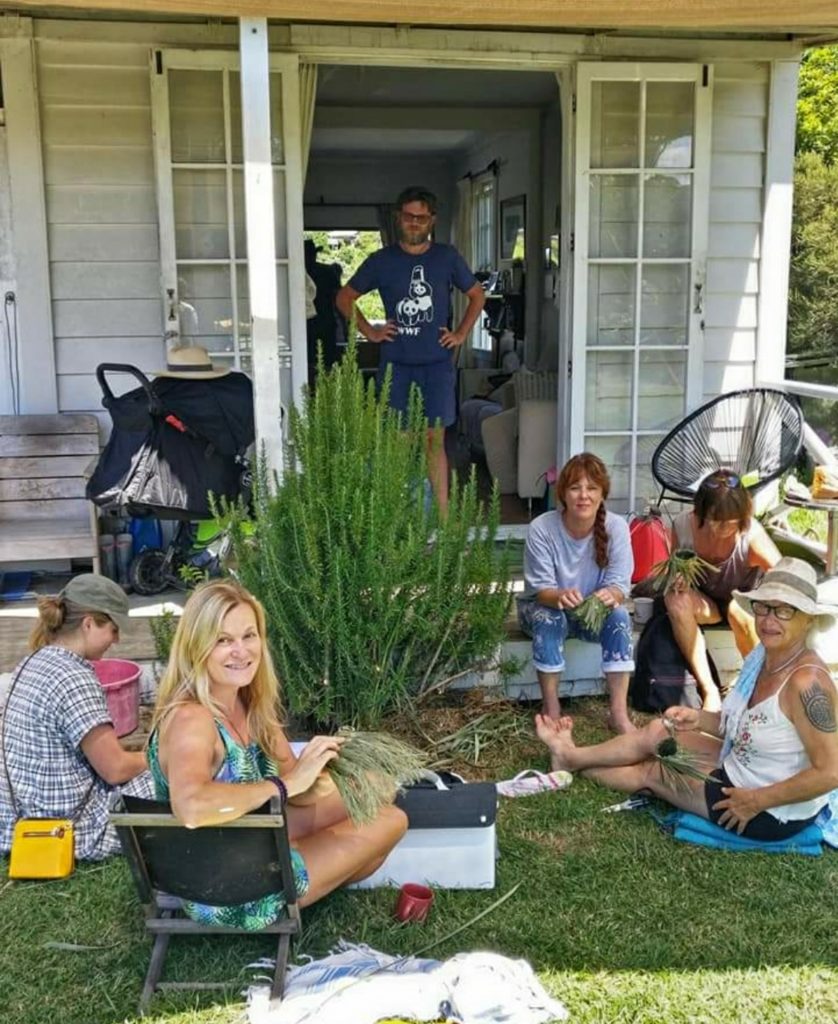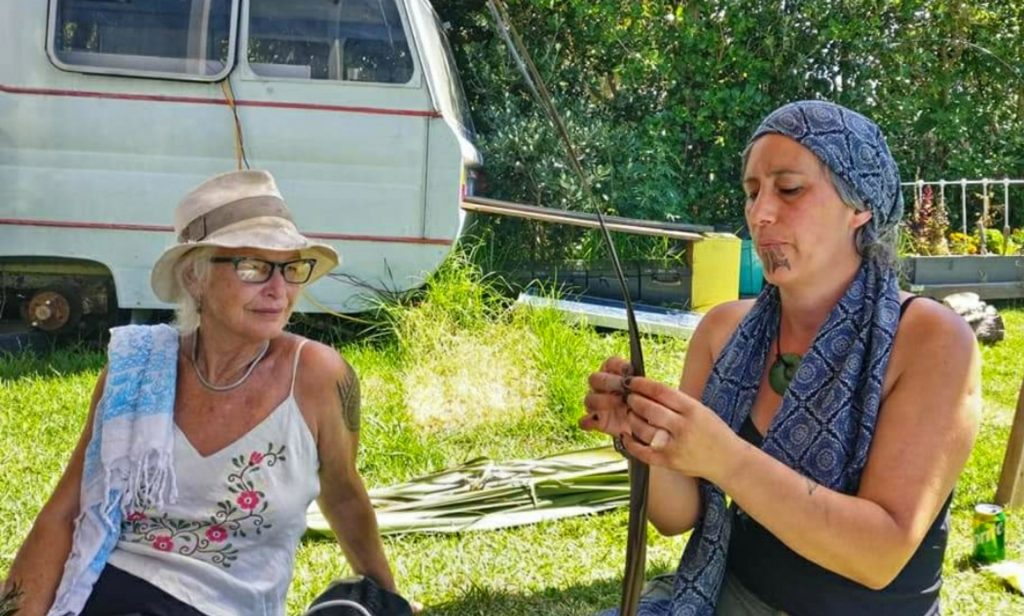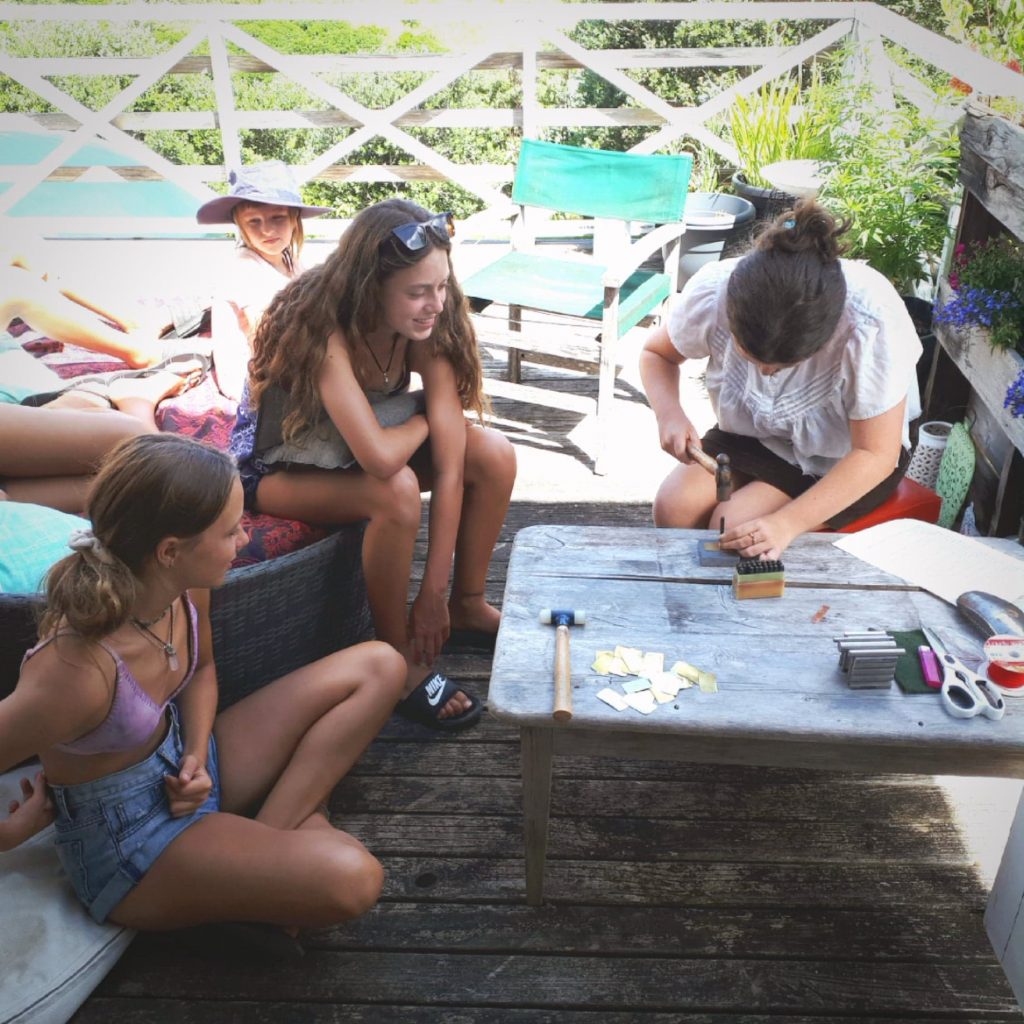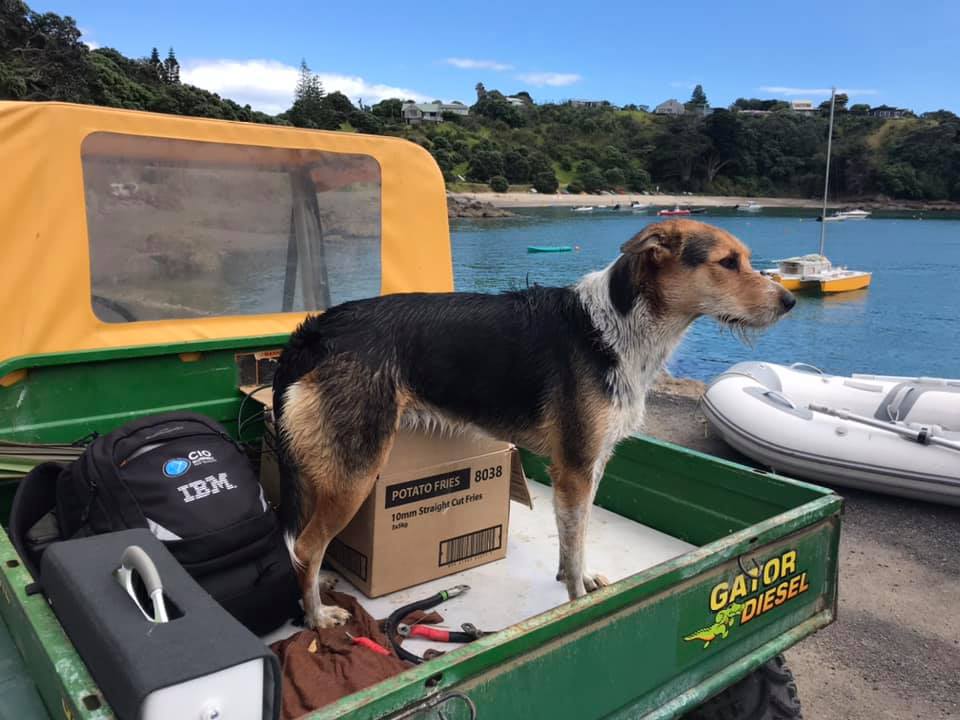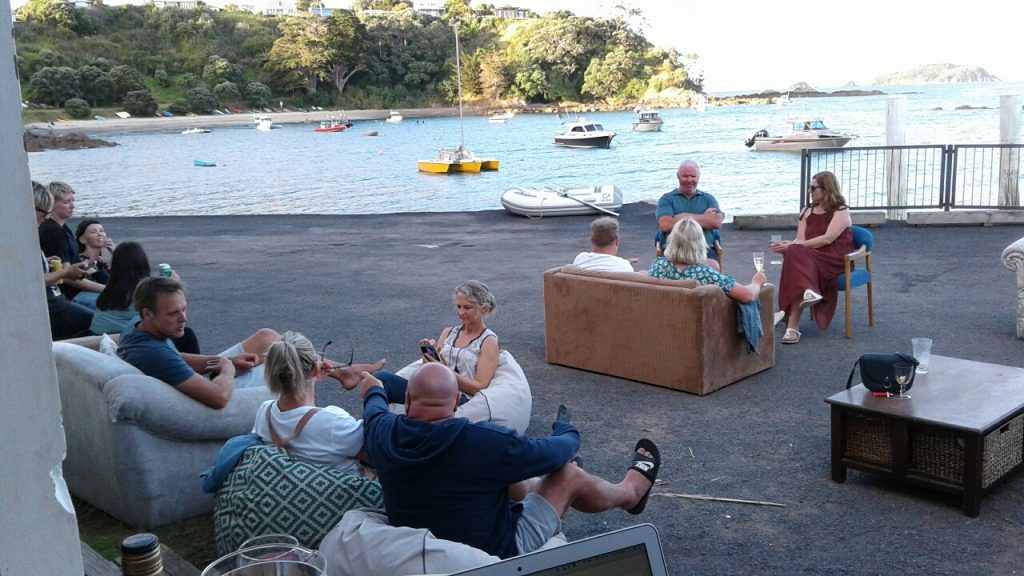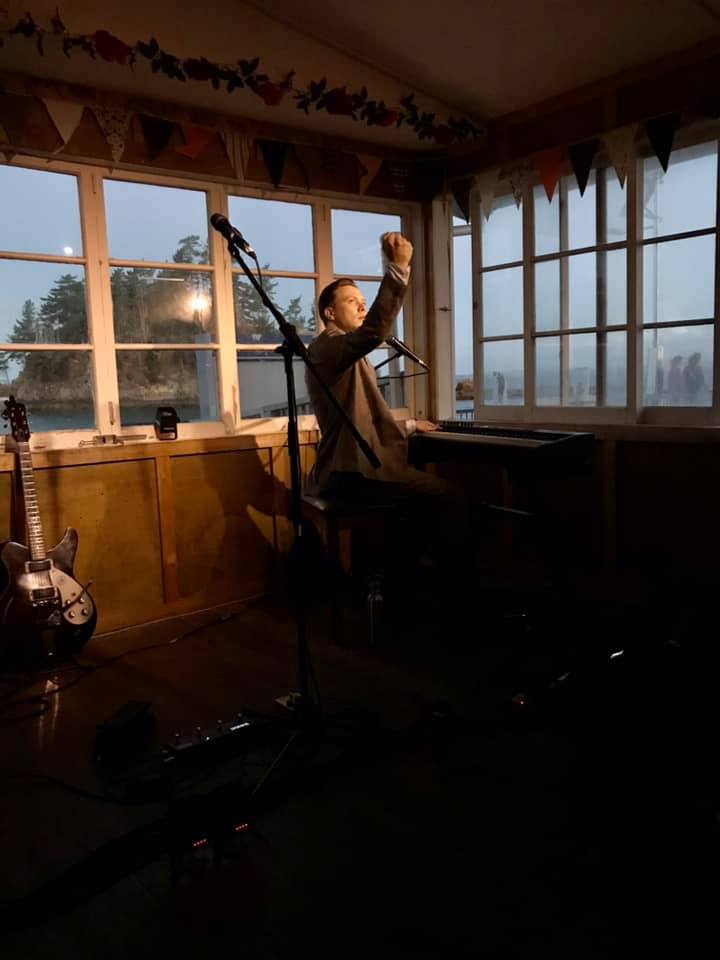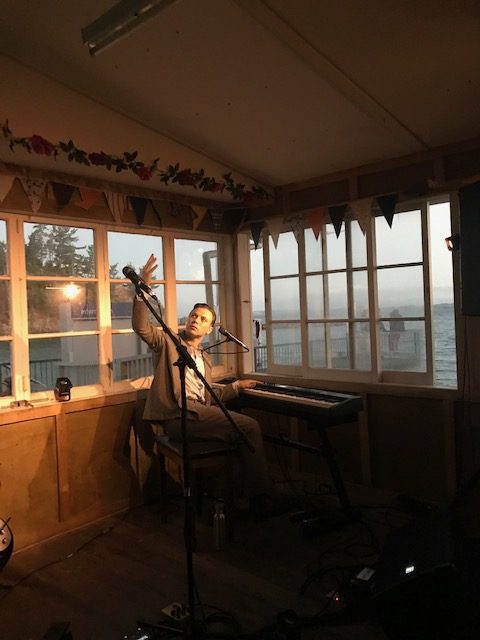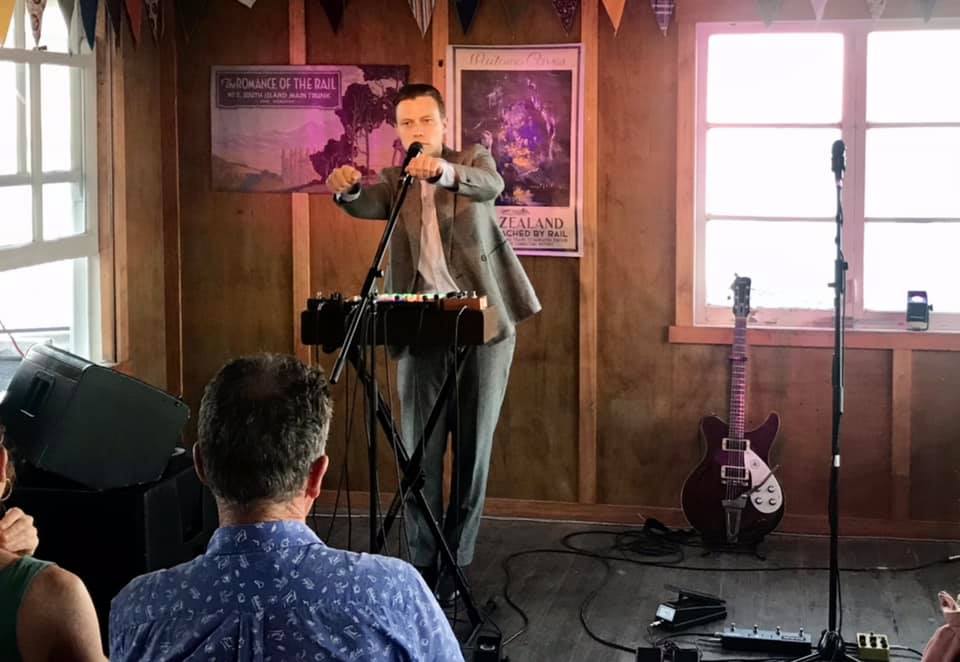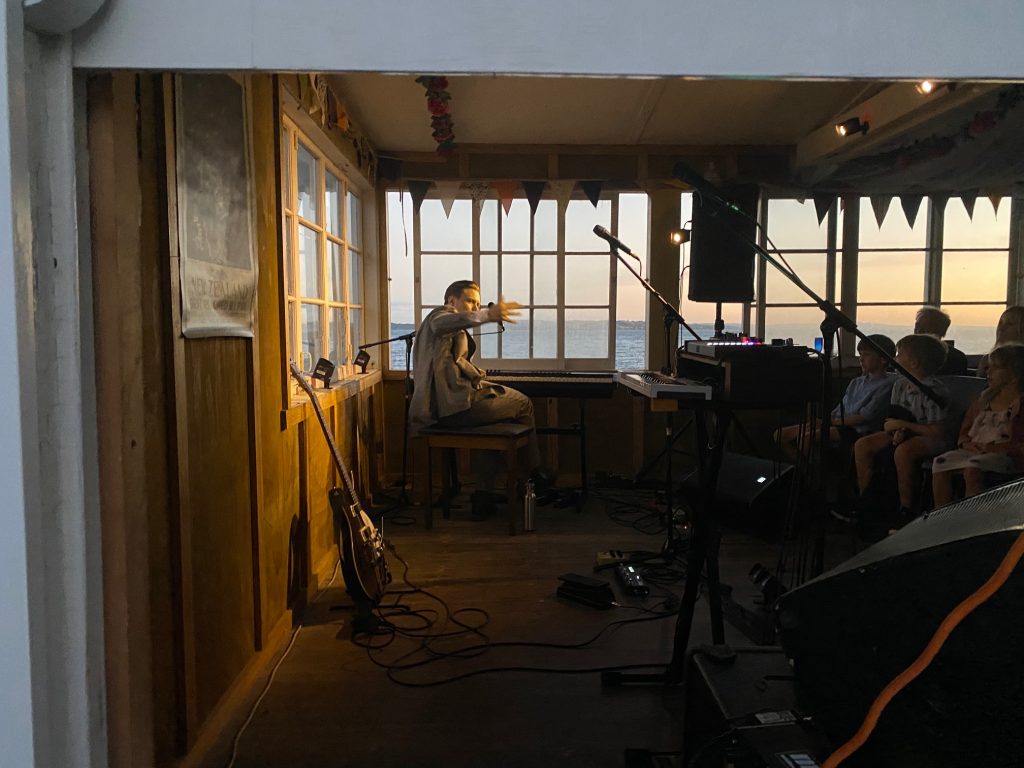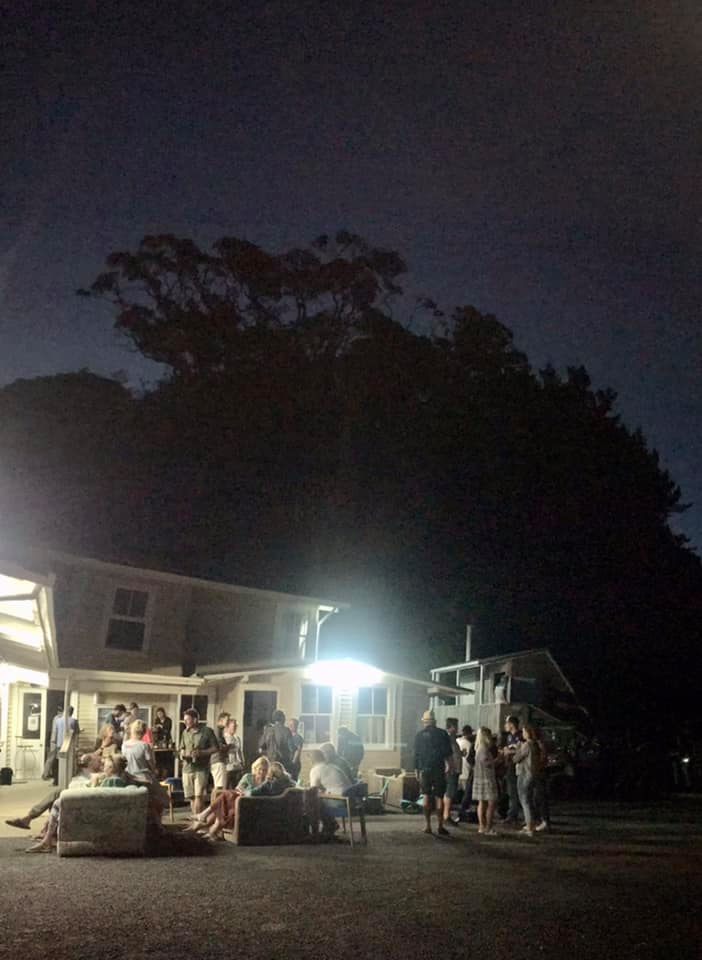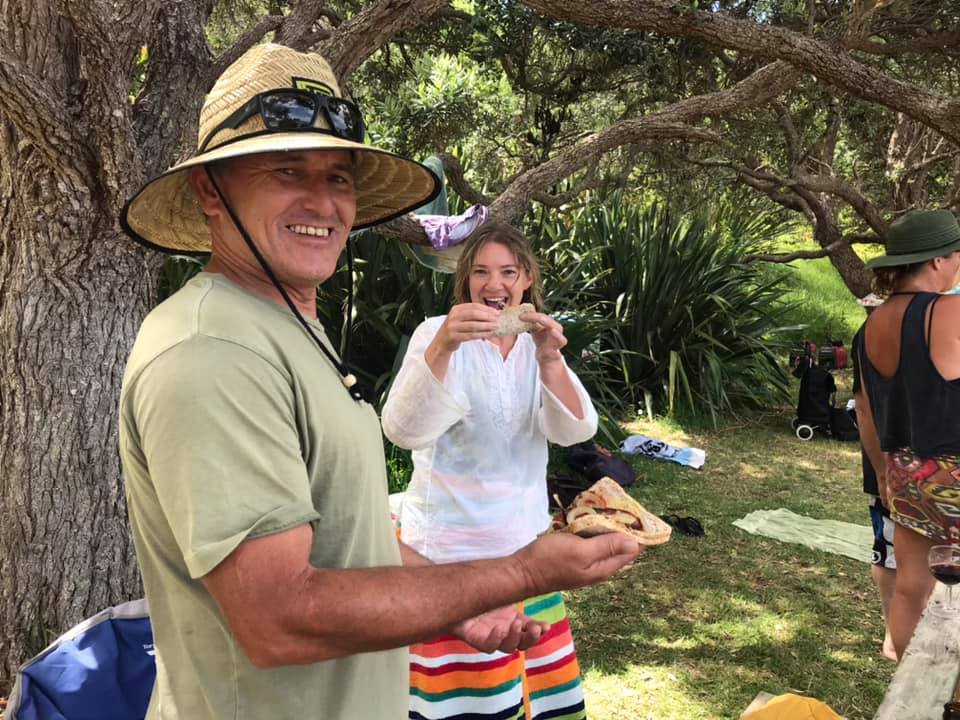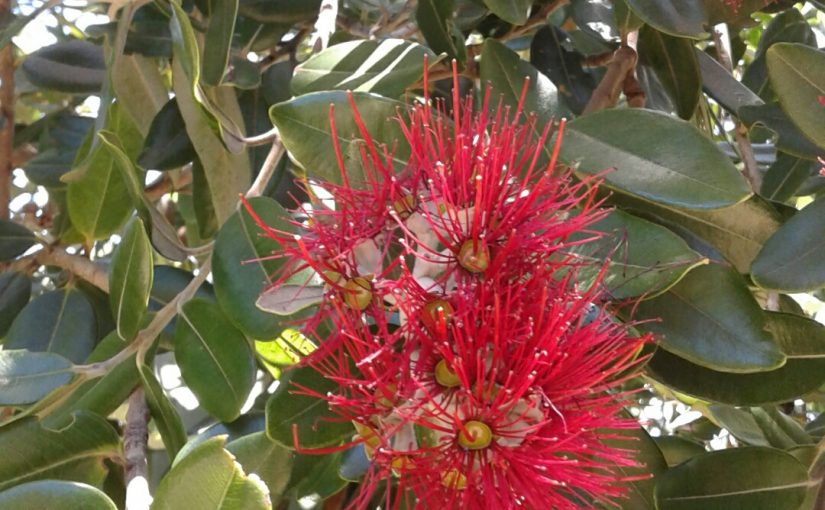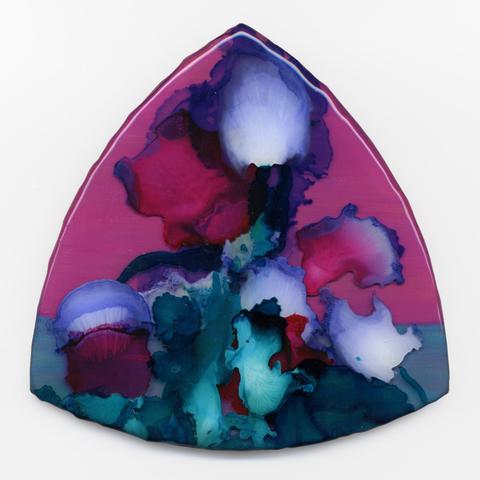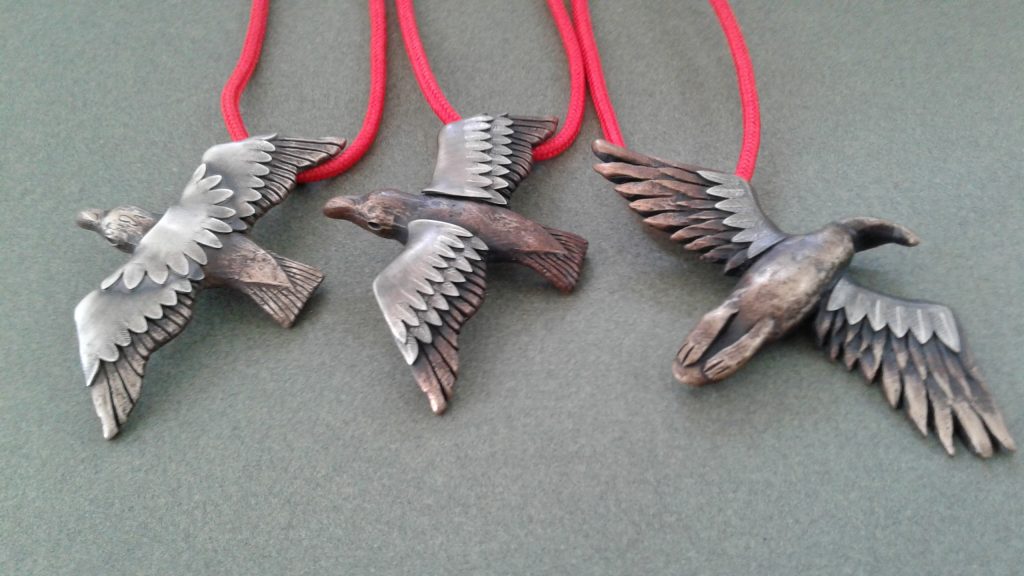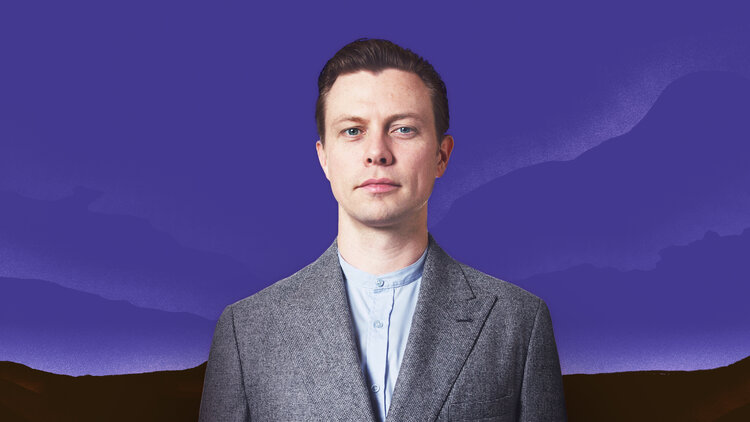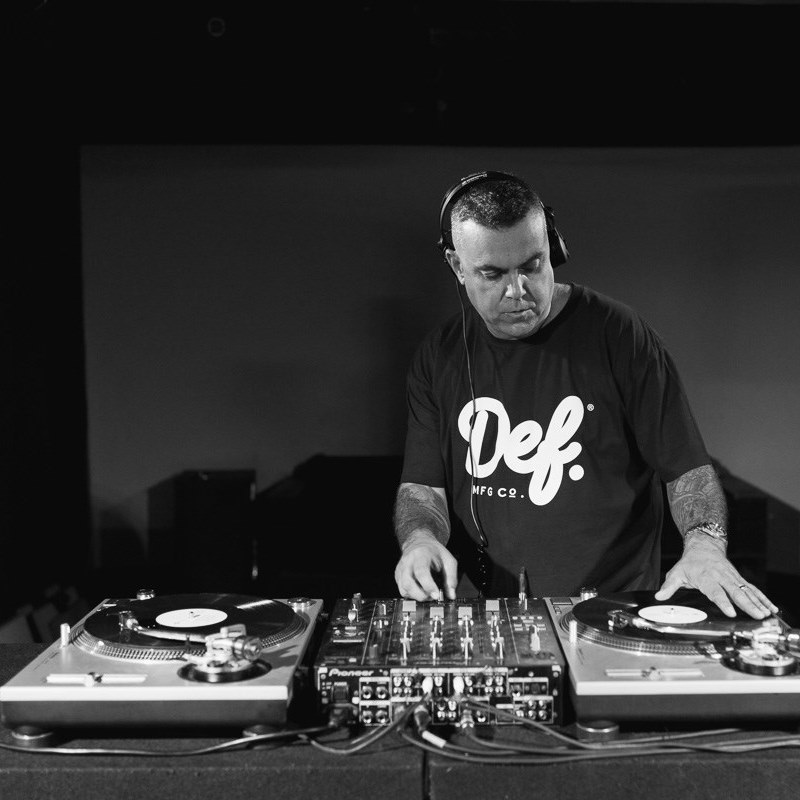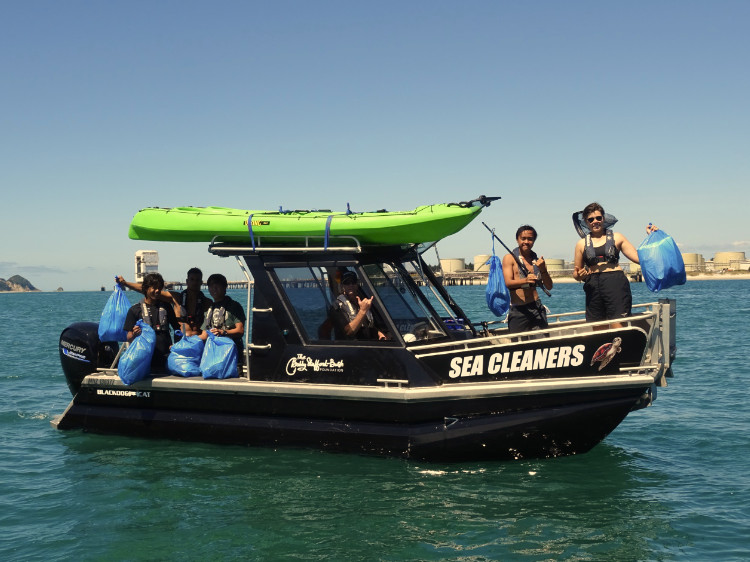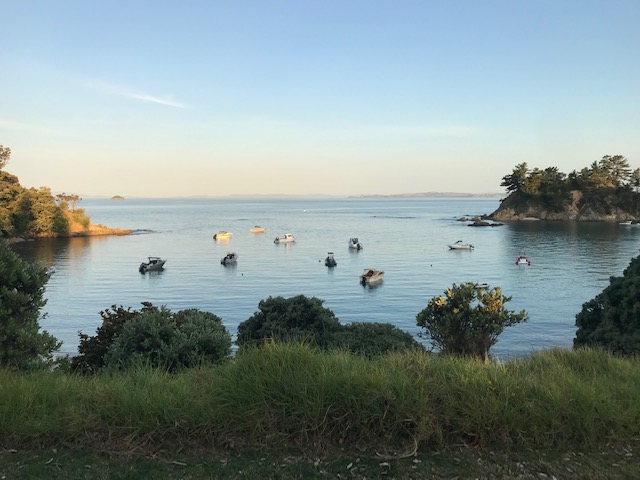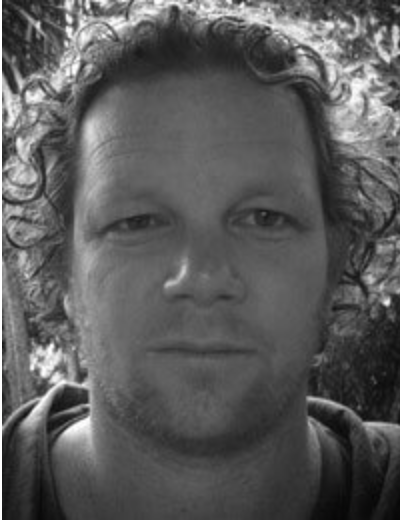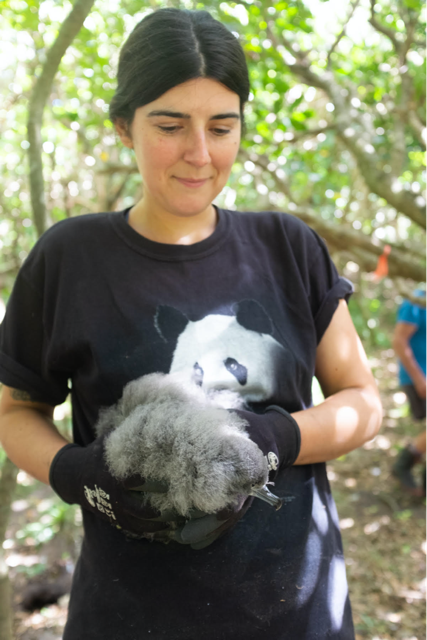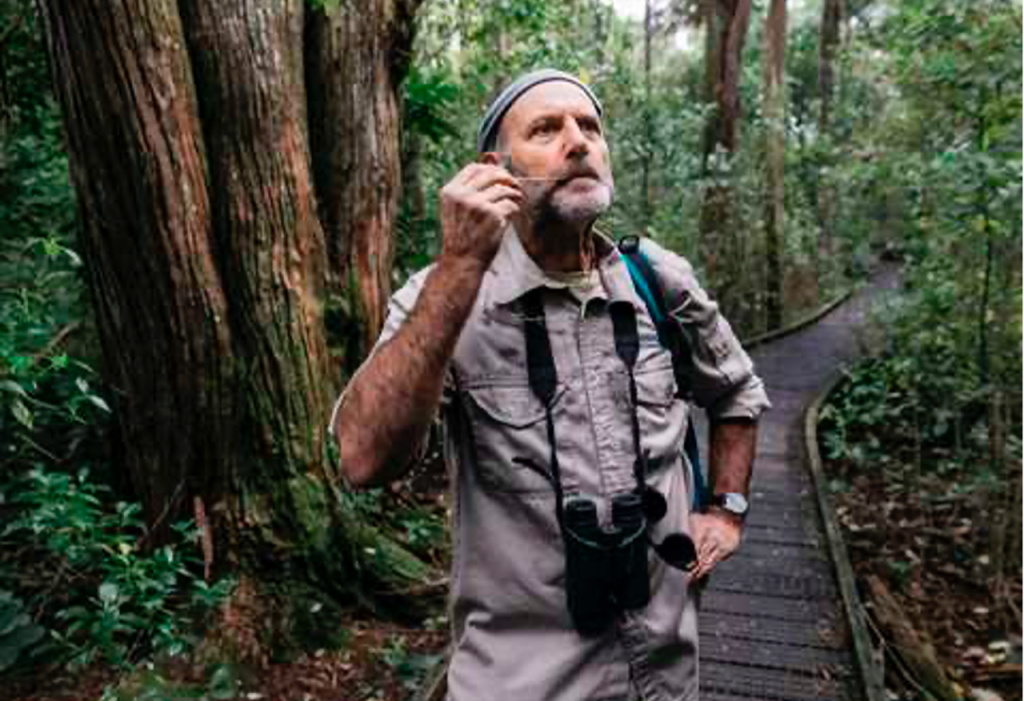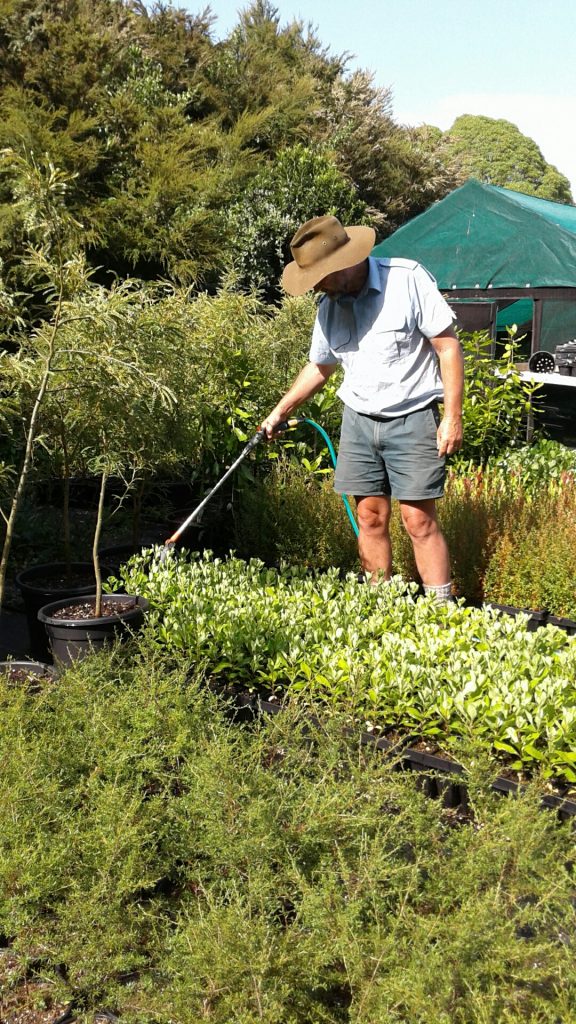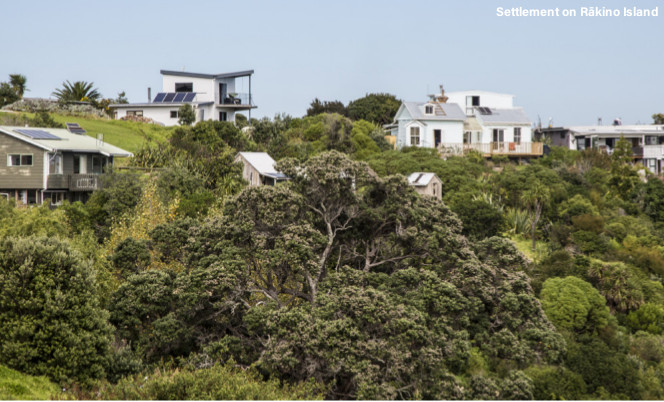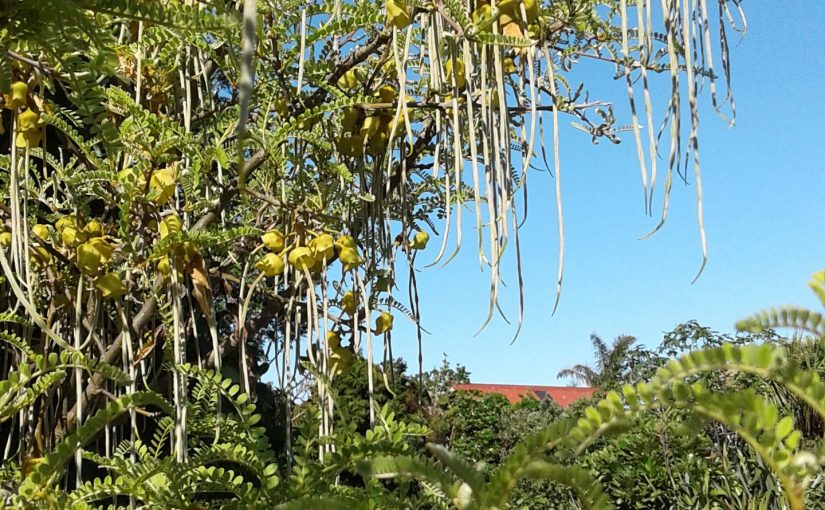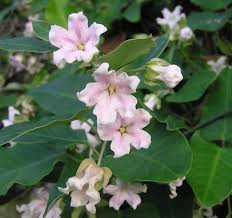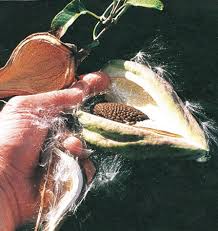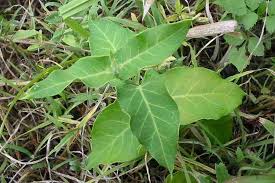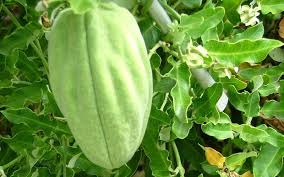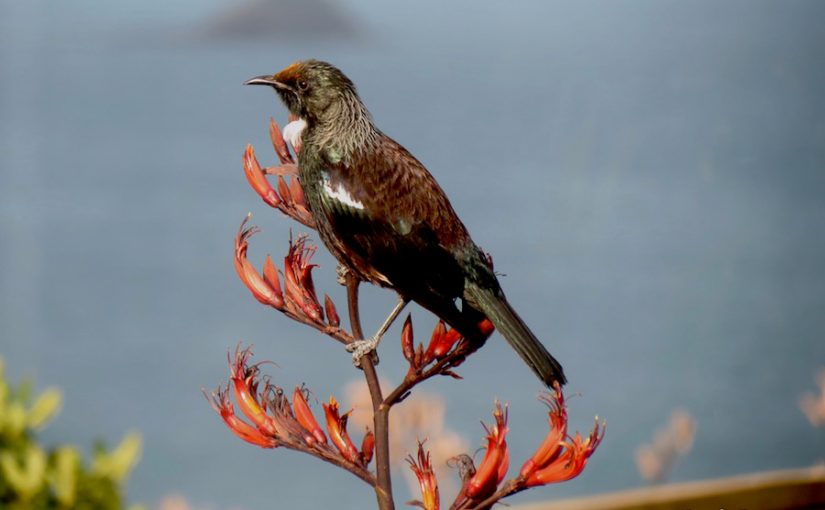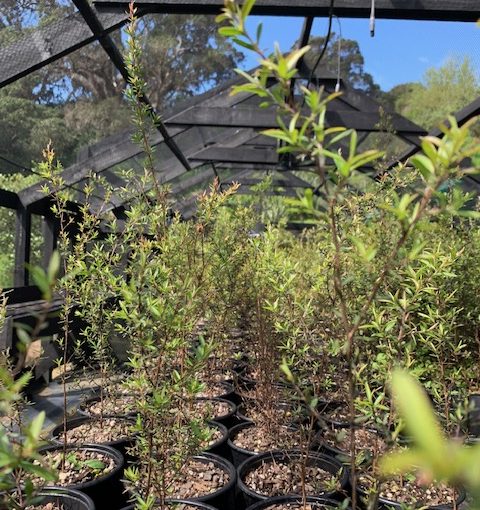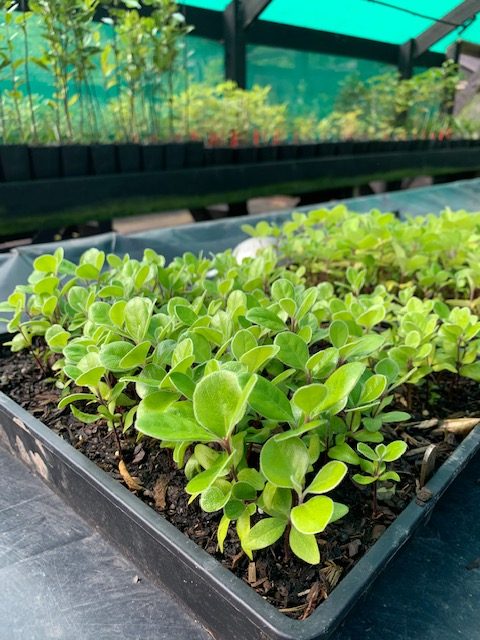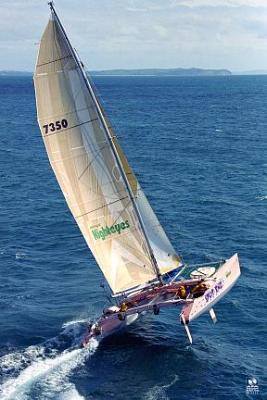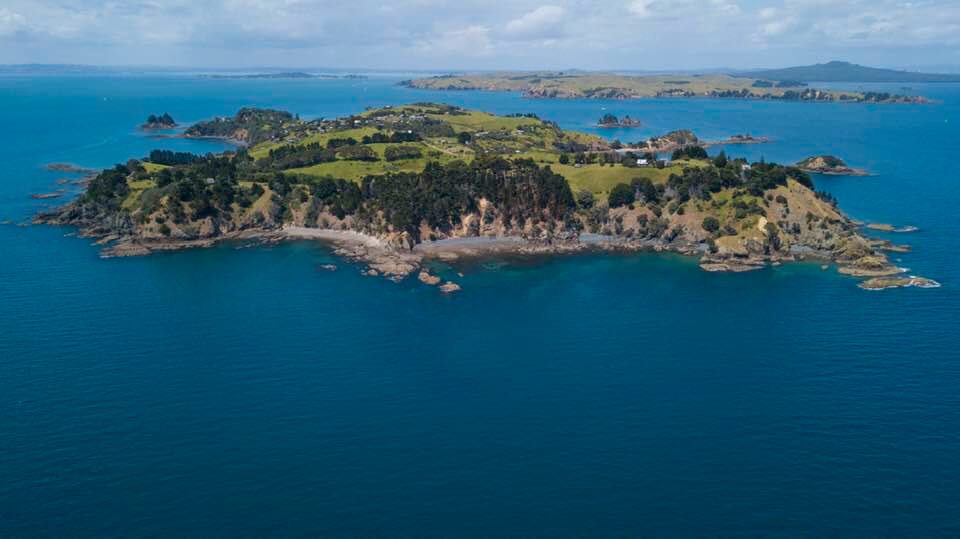The minutes as noted by the Anarchist Amanuensis.
RRA Meeting, October 25th 2020 10am… a beautiful sunny day with the best part of it wasted on a 1hour 45 minute meeting that could easily have been wrapped up in an hour.
Presided over by Chairman Clews.
Apologies – Steve McCrone, Kevin Hester.
Past minutes – a brief overview
Thanks to Tom and Chris for sorting the picnic tables at Sandy Bay.
Nothing has happened about the memorial seat for Rob Everall.
The financial report was presented, not much activity. There has been a $25k grant from Foundation North which contributed to the baseline marine survey around Rakino Island..
The background to the marine survey and proposed reserve was outlined.
Elisabeth Easther presented the findings of the survey which can be read here : https://drive.google.com/file/d/1bo3bZqMyQF2EALjrL8QeHPrLaHElnfYn/view?usp=sharing
The usual qualms and misinformation were addressed, yet again.
Chairman Clews said that no decisions would be made without a mandate from the islanders, and Elisabeth correctly observed that any marine reserve is enormously difficult to achieve, and there are literally thousands of recreational fishers that will oppose any such move.
As usual, there has been no progress made on the Rakino Community Hall. We would expect no less. It appears the Auckland City Council would prefer to have the ratepayers of Rakino take over control and maintenance of the Hall.
Bev presented the Fire Report.
The firelords went off for service; two came back, one did not, as it was claimed to be no longer viable. There was a long discussion about dry fire-fighting, and the unrealistic suggestion with regard to volunteer fire-fighting education.
At this stage:
*permit only status for fires.
*20 permits issued to date.
*please get a permit that lasts over several weeks so you can have a fire when the conditions are right.
*Have water and tools on hand in the unfortunate event that the fire gets out of hand.
*Notify the community via social media if you are having a permitted fire.
*The fire signs are to be updated.
Josh said the fire pump is broken.
There was a reminder from Chairman Clews that the Fire Officers position is voluntary, and the position must be respected. He threatened to ring the police if he got wind of any miscreant behaviour. He then went on to say that all voluntary positions must be respected, and are therefore not open to any robust criticism. It’s not the achievement or lack of that matters; it’s the volunteering to be on a committee that is important. There was some railing against people going off and doing things willy-nilly without committee consultation.
Chairman Clews then held forth for some time on his opinion that the Fire Brigade wanted no responsibility for Rakino Island’s fire-fighting equipment because of that hoary old chestnut ‘Health and Safety’. Happily Matt Maling kindly pointed out in his professional capacity as a lawyer that you are exempt from prosecution under the Health and Safety Act if you are a volunteer.
Discussion then commenced with regard to the placement of the water tank on DoC land, and the complaint that ensued. The water tank has been relocated to Hawkins land, but not without a considerable amount of time-wasting and double handling. There was a plea for people to ask questions first before complaining to authorities.
Many people appear to be unaware that there was an intention to place a water tank and utility shed at the top and center of the island on the AT land, as well as being unaware there was an intention to place a heli-pad in that area, specifically and only for the emergency Westpac Helicopter to use.
This is despite last year’s minutes being published for all to read.
There will be a generator to power a siren in event of an emergency that can be heard all over the island.
General business.
Les announced that he had been bit by a dog 3 weeks ago. He has also been bailed up by dogs and knocked over by a dog. Chairman Clews suggested that Les would be better off complaining to dog control than the Rakino Ratepayers meeting, but did not threaten to call dog control about miscreant dogs himself. There is general agreement in the community that we would like more dog control, but alas this is not a view shared by dog owners.
A $1000 dollar donation will be made to the Westpac Helicopter Trust.
A secretary is needed for the committee.
A list of mooring holders was requested.
Jo brought up the perennial issue of cars and speed, with a plea for everyone to slow down because of free-ranging children and dogs, and Mark quite correctly observed that the laws of physics still apply on Rakino even if people believe other laws don’t apply, and it is concerning to see the number of children riding around on vehicles as ‘hood ornaments’.
Sarah Webb volunteered to be committee secretary.
Sheryl spoke about the new rules that apply around the inorganic collection; you must book in with the council, and you must keep the rubbish on your property.
Do not put it on the berms.
There is to be no illegal dumping, thank you.
>At this point I, the Anarchist Amanuensis, wish to make a couple of points about rubbish that were not discussed at the meeting, because I didn’t really notice until I went to place my recycling and household waste in the bins on Monday.
Firstly, not all plastics are recyclable. If you have a broken old plastic thing, chances are, it is not recyclable and should in all likelihood be put in the household waste bin.
If you take your empty bottles to the recycling bin in a plastic supermarket bag, put the bottles in the recycling, and the plastic bag in the household waste bin.
If you have used nappies or used feminine hygiene products to dispose of, for goodness sakes, scrape off the poo, wrap them up, put them in a bag, and then place them in the household waste bin. It is really unfair to subject Tom and the rubbish volunteers to gross things like dirty nappies.
We have the enormous privilege of a predator-free island, so either bury or compost your food scraps, because there are no rodents. Don’t put them in the bins if possible.
More possibility for recycling paper and cardboard would also be appreciated by keen recyclers.
Always remember; everything that comes onto the island eventually has to be removed…
Meeting closed 11.45 am
Many thanks to the provider of sausage rolls and the top notch chocolate brownies. You rock!
